Restore A More youthful look
Background
Fat transfer is a procedure where fat is taken from one part of the body i.e. abdomen or buttocks, and put into another to provide a natural filler. It is most commonly used in conjunction with a facelift as it can restore a more youthful shape to the face.
Benefits
Fat injections are used to provide volume in facial rejuvenation to replace the loss of soft tissue seen with ageing. A facelift will elevate and tighten sagged tissues, but will not restore the fullness lost with aging. For this result, Fat Grafting is necessary.
It can be helpful to provide volume which can reshape the midface over the cheek bones and in the hollow of the cheek itself. It may also be beneficial in filling the nose to mouth lines (nasolabial folds), adding volume above or underneath the eyes as well as below the corners of the mouth and the chin to provide a lift.
Both young patients who often use fat grafting for plumping up an area or older patients who use fat grafting to replace lost volume can benefit from this procedure.
Procedure
This procedure is performed under local a general anesthetic. The area which will be used for harvesting fat is prepared in a similar fashion to performing liposuction. Once the fat has been harvested it is centrifuged to allow separation of the intact cells from the ones that have been damaged whilst harvesting. The live fat cells are then injected in the treatment areas using a very fine cannula to place tiny amounts of fat in tunnels which are carefully built up to form layers which restore volume and shape.
Both the fat harvesting and fat injection requires the use of small needles which leave small puncture wounds.
Risks
The creation of the numerous tunnels necessary for successful fat transfer can cause considerable swelling and bruising which could take two to three weeks to subside. Fat transfer when performed alone is viewed as a quick procedure, but the recovery and down time is not short. This is not a problem when fat transfer is performed in conjunction with a facelift as these patients are used to taking two weeks off work for this type of operation. There will also be a little bruising at the site from which the fat was taken although this is usually less than the site where the fat is placed.
Despite the recent refinements in fat transfer it’s impossible to predict how much fat will survive but most estimates are between 50% and 60%. This means a certain amount of overcorrection may be required which also contributes to some of the swelling following surgery. Some of the transferred fat will dissolve during the first 6 weeks after surgery. After 6 weeks, whatever is left will remain.
Recovery
We recommend 7-10 days of rest after fat transfer alone and when done in conjunction with another procedure i.e. facelift, 2 weeks. There will be no visible wounds or scarring after healing.
To book an appointment with Dr. Goldberg to discuss fat grafting please click here.
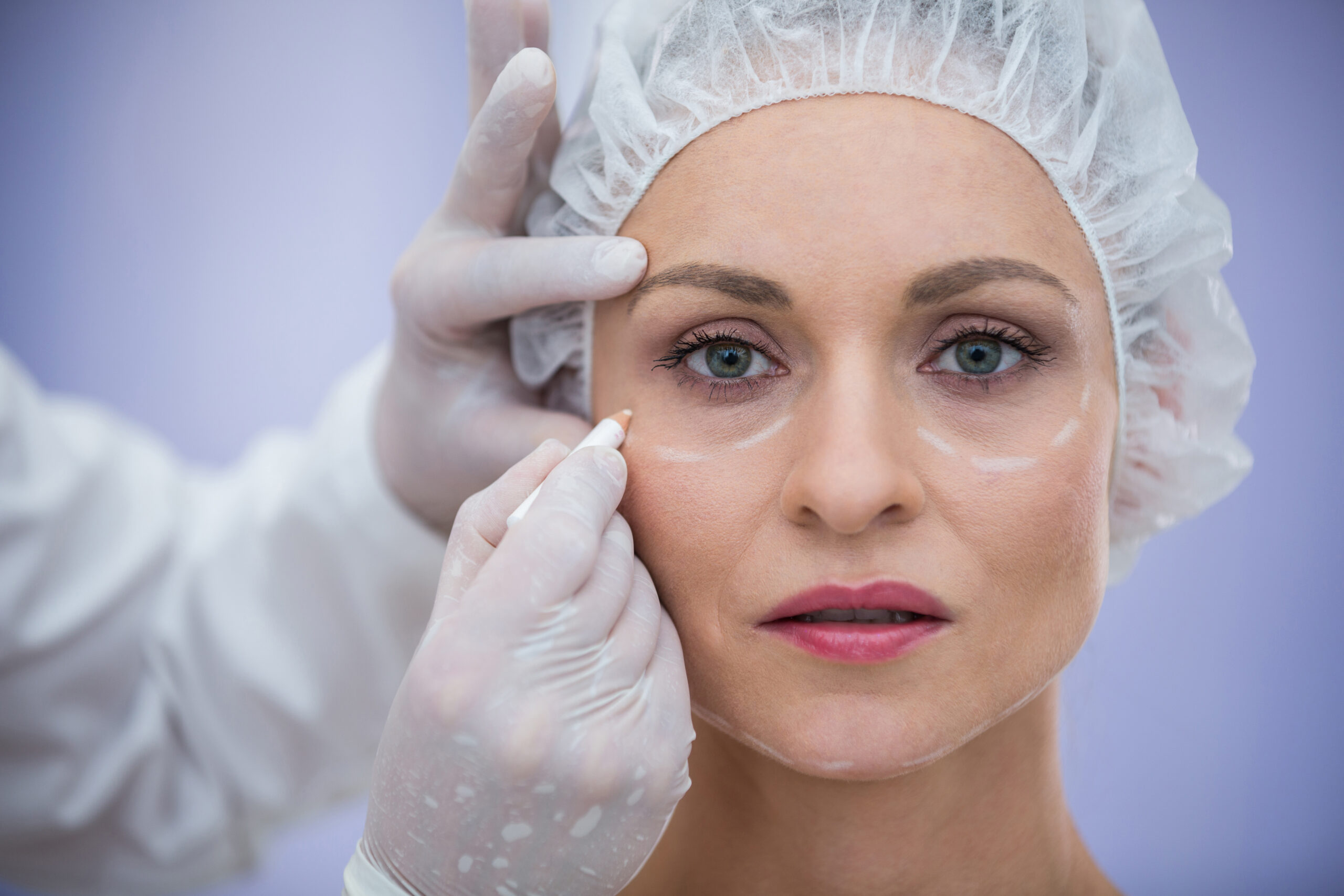 Face
Face
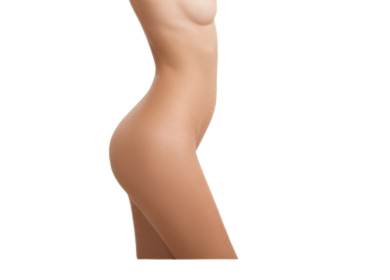 Body
Body
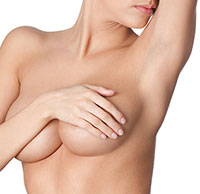 Breast
Breast
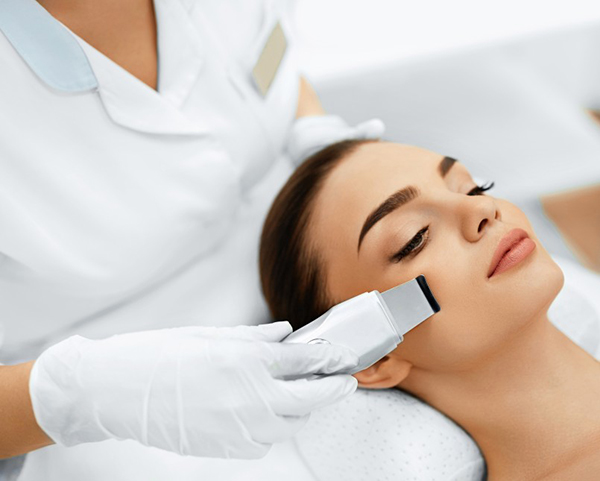 Non-Surgical
Non-Surgical
 Hair Transplants
Hair Transplants

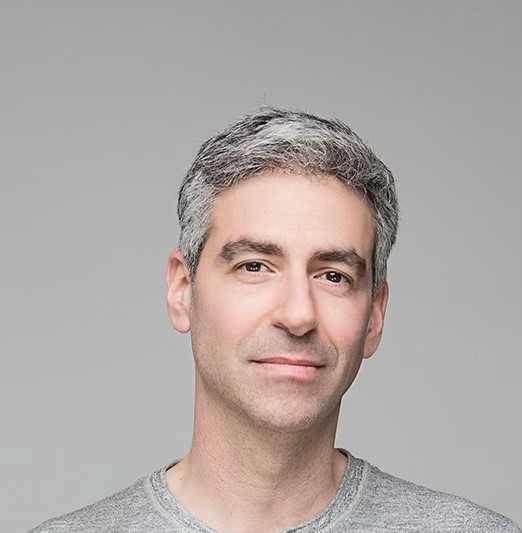 Dr. Cory S. Goldberg
Dr. Cory S. Goldberg Our Staff
Our Staff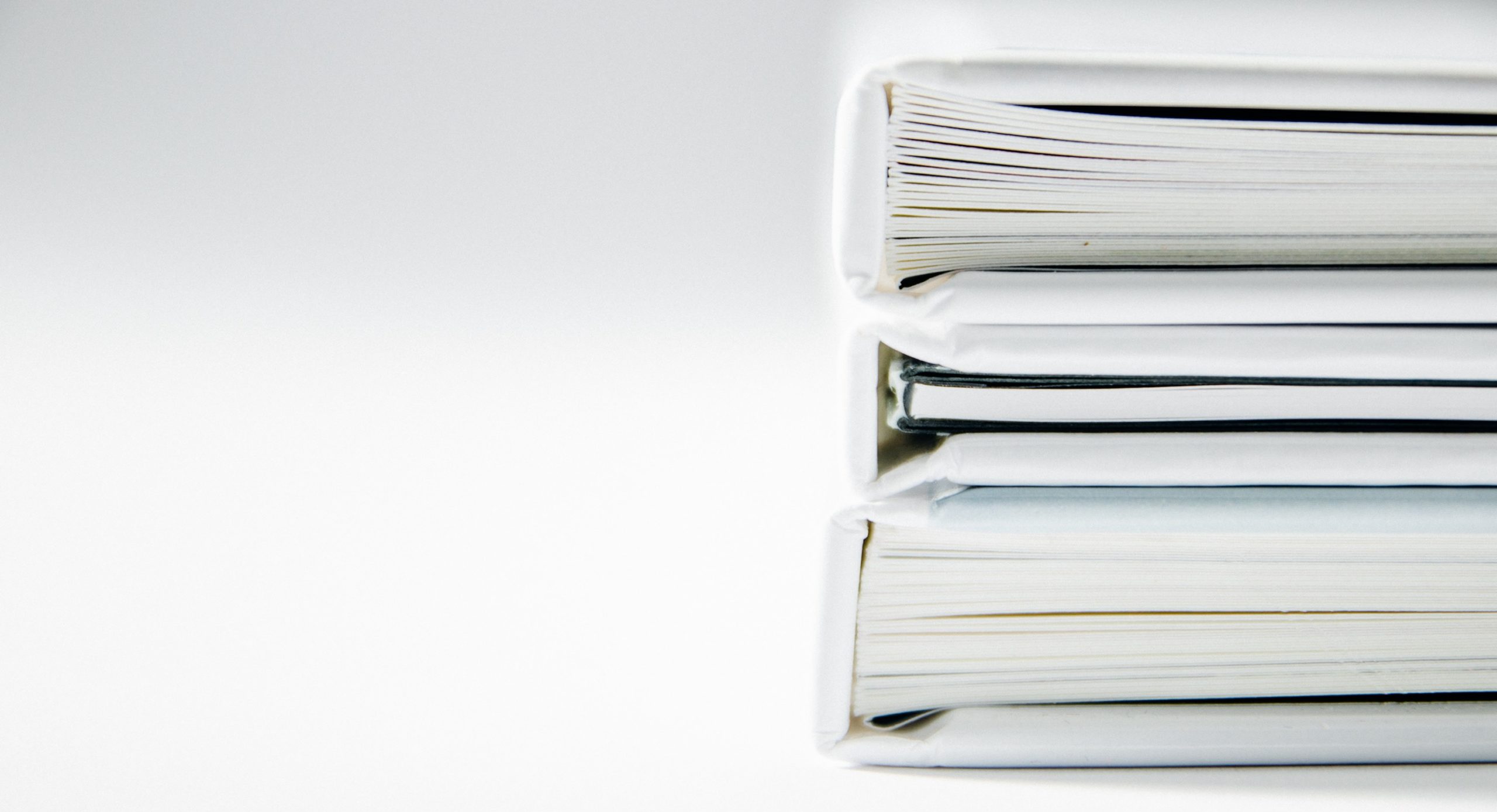 Policies
Policies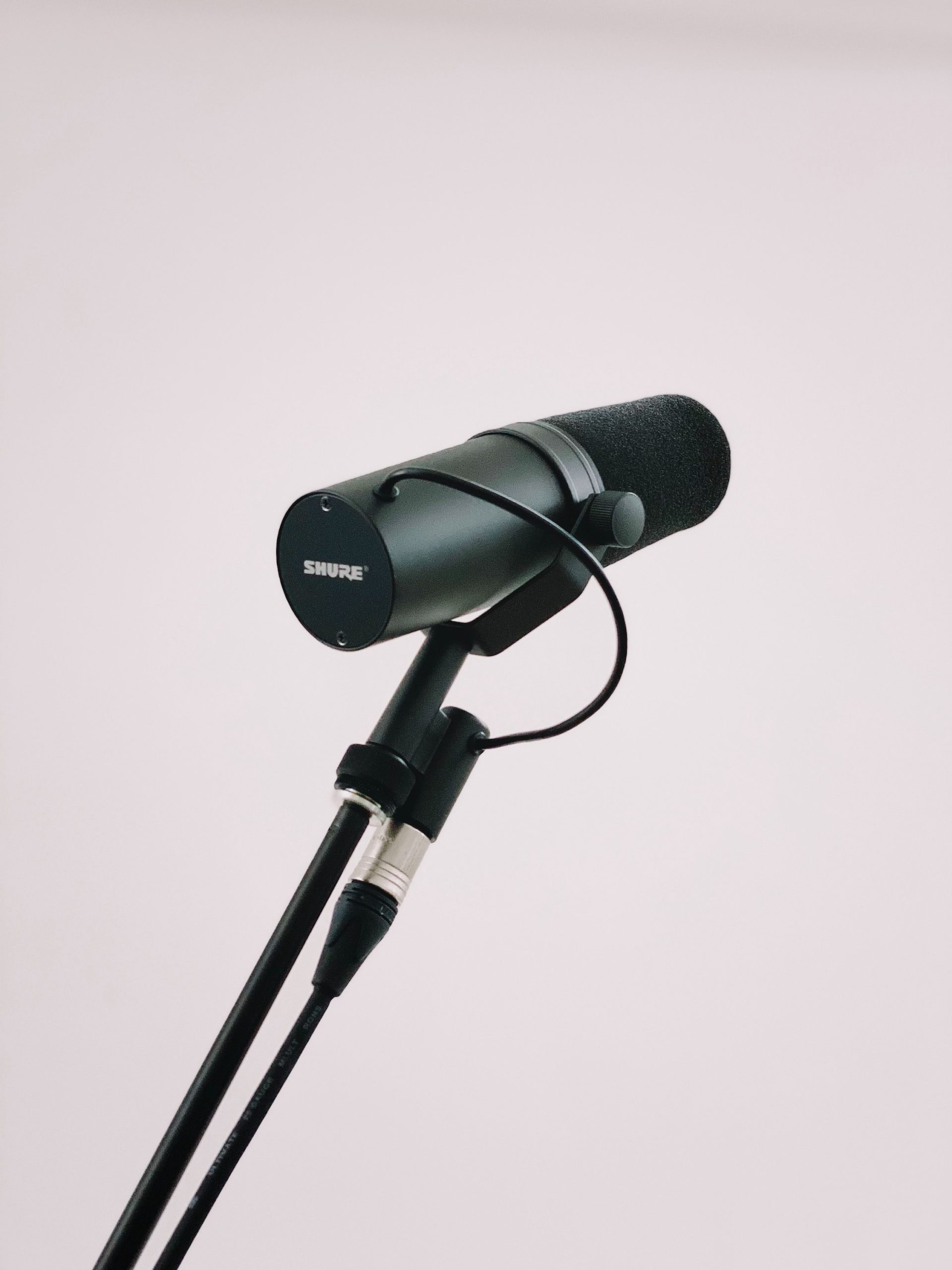 Media
Media Reviews
Reviews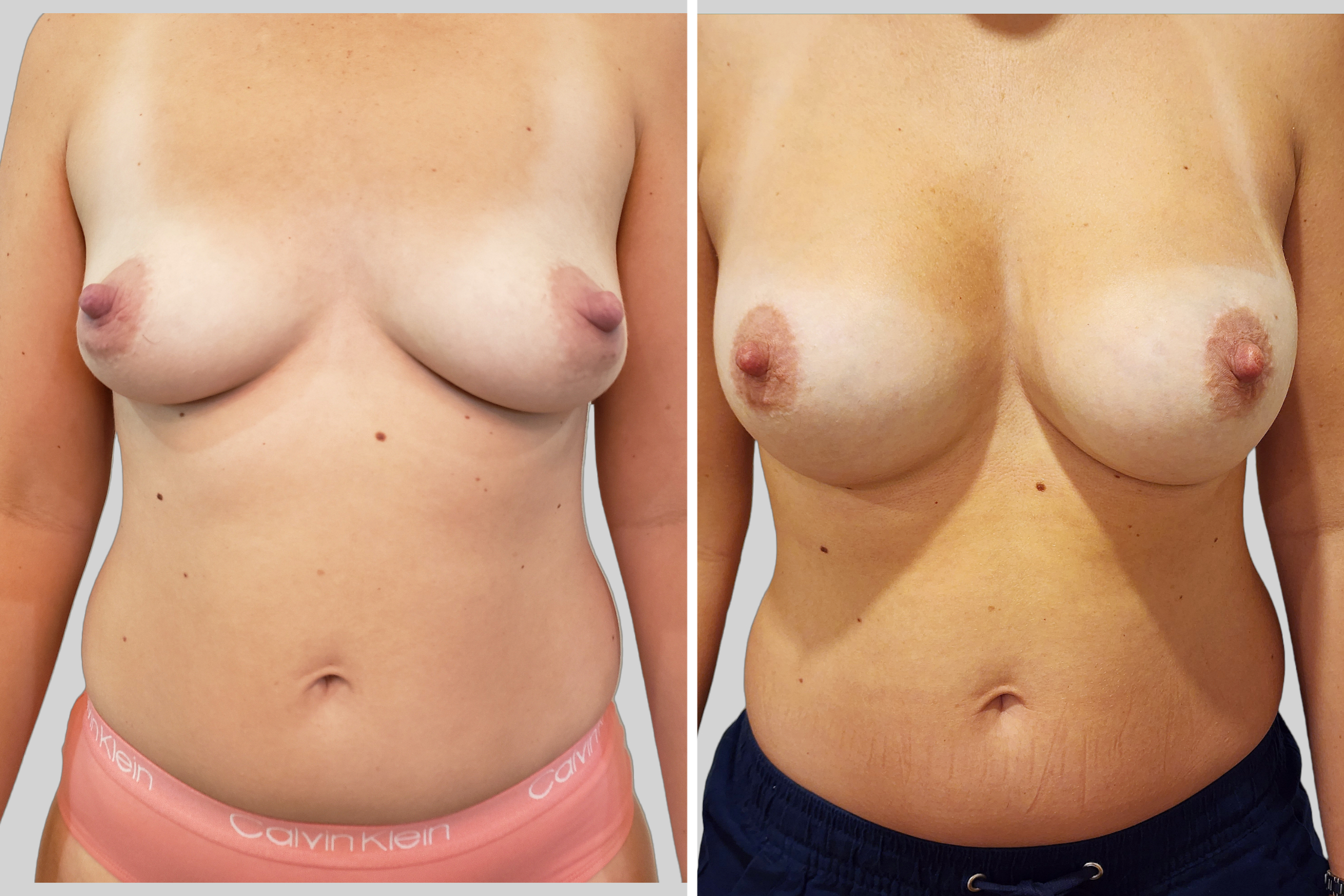 Breast Gallery
Breast Gallery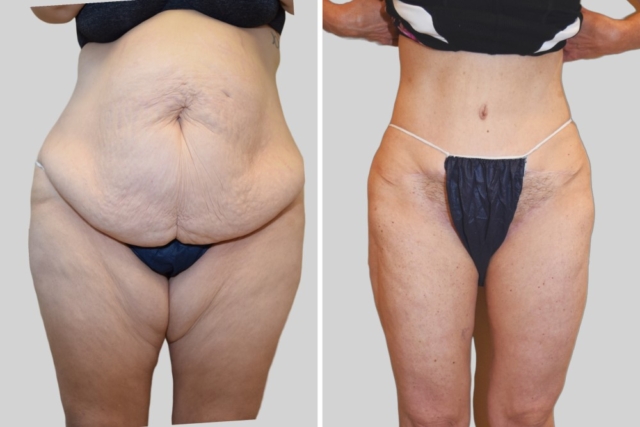 Body Gallery
Body Gallery